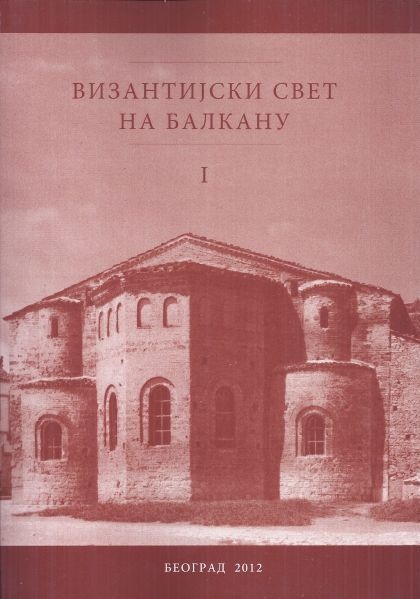Ана Комнина - аутобиографске белешке
Anna Comnene - Autobiographical Notes
Author(s): Larisa Orlov
Subject(s): Cultural history, 6th to 12th Centuries, Theory of Literature
Published by: Vizantološki institut SANU
Summary/Abstract: The paper deals with the autobiographical impulse in the Alexiad of Anna Comnene. We tried to analyze certain passages in order to show in which way Anna’s personal views influenced her description and presentation of certain personages. We will show how her elaborate portrayal is not a mere rhetorical exercise, but is intended by the author as both praise and a critique of the people who influenced her life, and encouraged or suppressed her ambitions.
Apart from a physical description, which she used for the evaluation of moral character, and personal judgment, the important thing is the role she ascribed to certain personages. The most beautifully depicted and praised characters were, quite intentionally, the key figures in her struggle to defend her imperial right, of which she was deprived after the birth of John Comnenus.
We also analyzed two extensive passages that openly show Anna’s never surpassed imperial ambition and malice toward her younger brother John. Those are narratives about her birth, followed by the birth of Princess Maria and Prince John, and about Alexios’ final days. In both stories, Ana Comnene depicts herself as the central figure of family love, emphasizing the emotional connection she established with her parents, especially Alexios, while still in her mother’s womb. At her father’s deathbed she represents herself as the child most committed to her dying father, without forgetting to give us a sarcastic hint about the emperor’s successor who had left the palace, in order to seize the throne.
We have also discussed her silence about certain events, or personages, stressing in the first place, that she rarely mentions her brother John, and even when she does, she often juxtaposes him with the overwhelmingly praised Constantine Doukas, or Nicephoros Bryennios.
We found some stylistic features that show in how many different ways theauthor appeared in her own text. We have considered just the possessive pronoun “emos” which she used extensively mentioning her father, mother, husband, and her beloved siblings (i.e. Maria and Andronicus). By using this pronoun, she put herself into the story, where she appears almost always, constantly stressing her connection with the protagonists, and especially the hero, which she mentions as “emos pater” in all cases, 92 times.
In the end, we are still left with many more questions than answers. It is certain that Ana’s presence in her own story has to be examined much more deeply, and that quite often, passages and notes that appear in the first place as non-autobiographical reveal a great deal about her and slightly change the perception of the final aims of her work. Therefore, we openly ask what the aim was of such an endeavor as the Alexiad? Was it aimed to be a heroization of Alexios and the construction of an ideal ruler in a new imperial ideology, or was it the self-praise of his first-born child, that even in the days of the third Comnenian ruler refused to admit the ultimate downfall of all her ambitions?
Book: Византијски свет на Балкану I-II
- Page Range: 349-365
- Page Count: 17
- Publication Year: 2012
- Language: Serbian
- Content File-PDF

